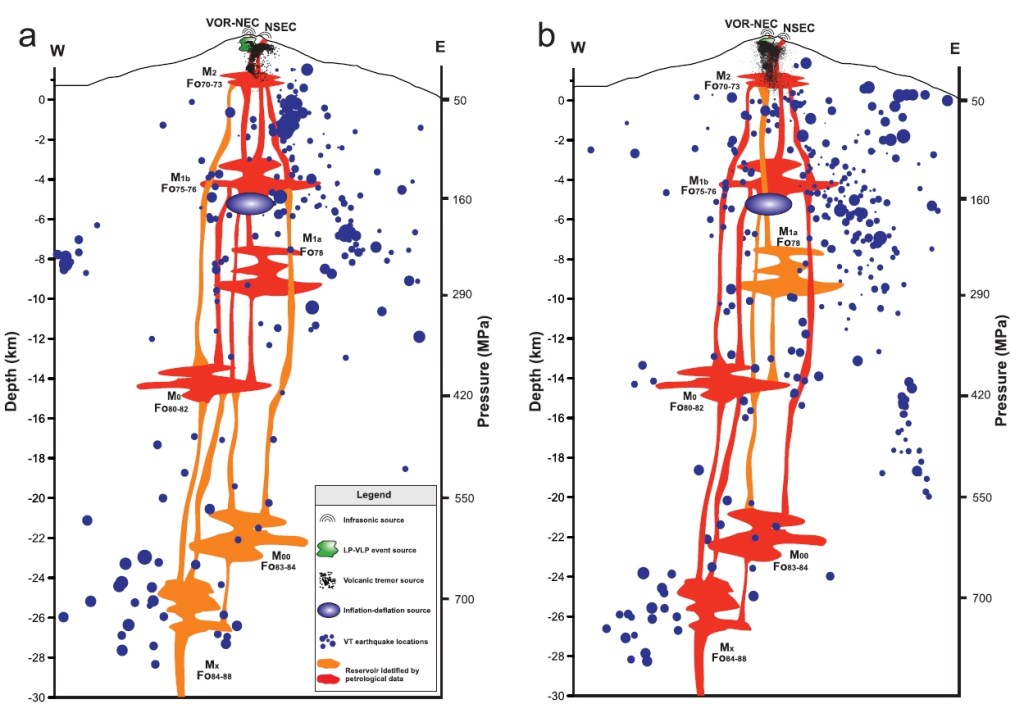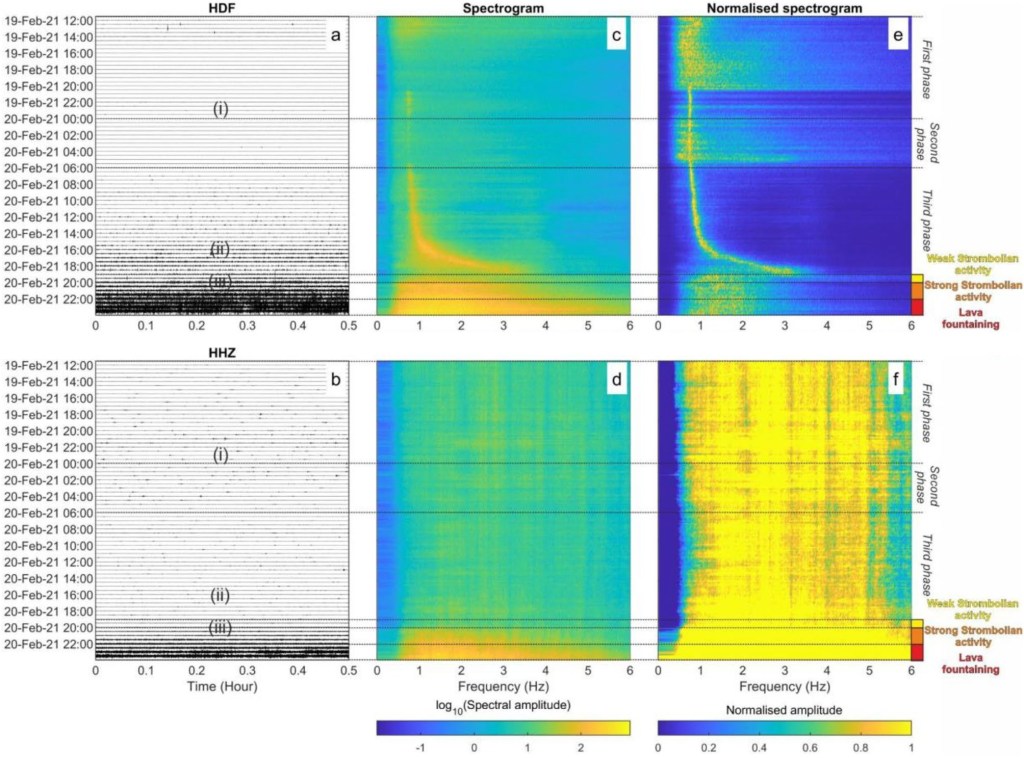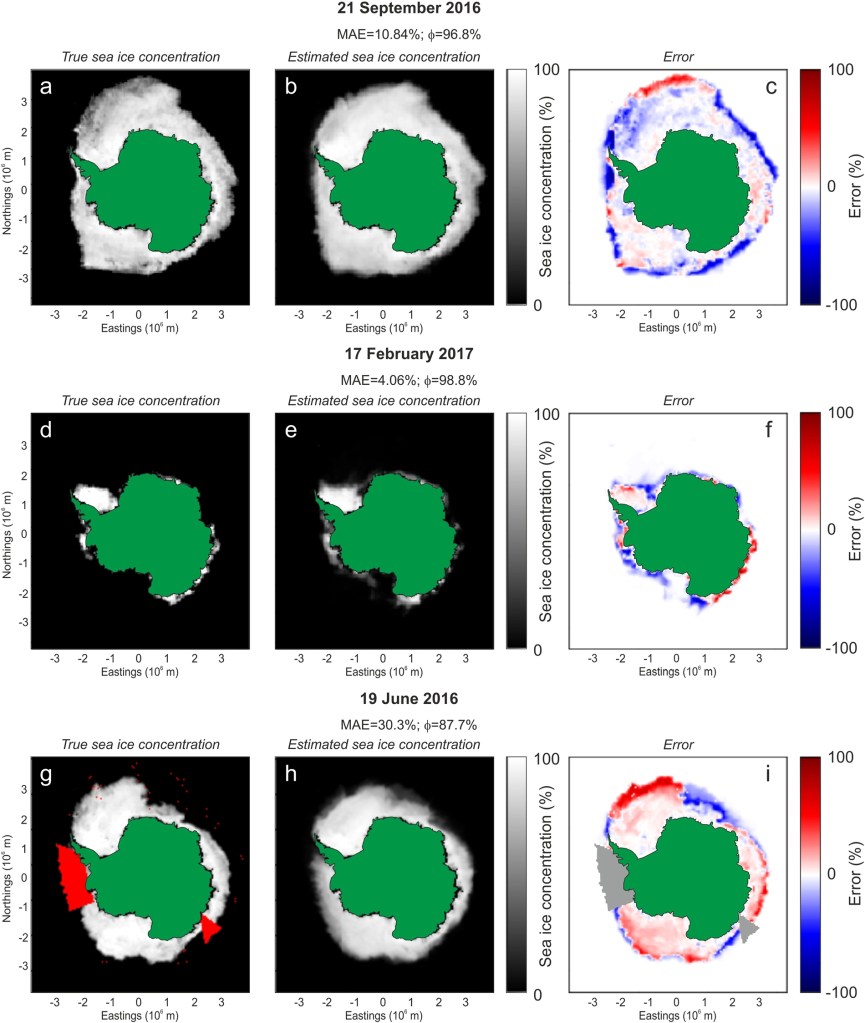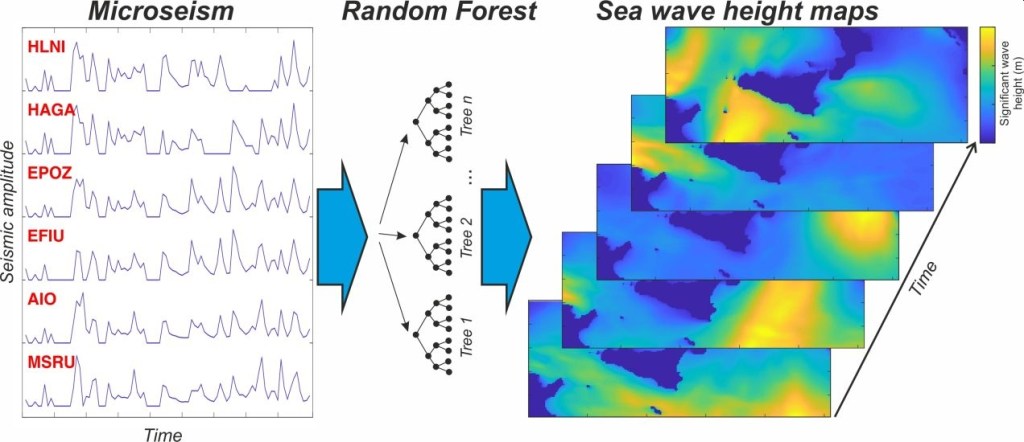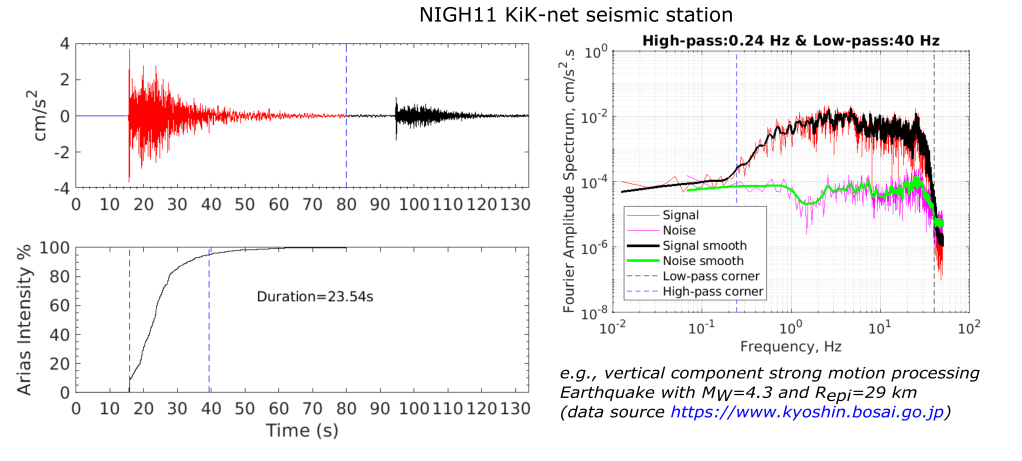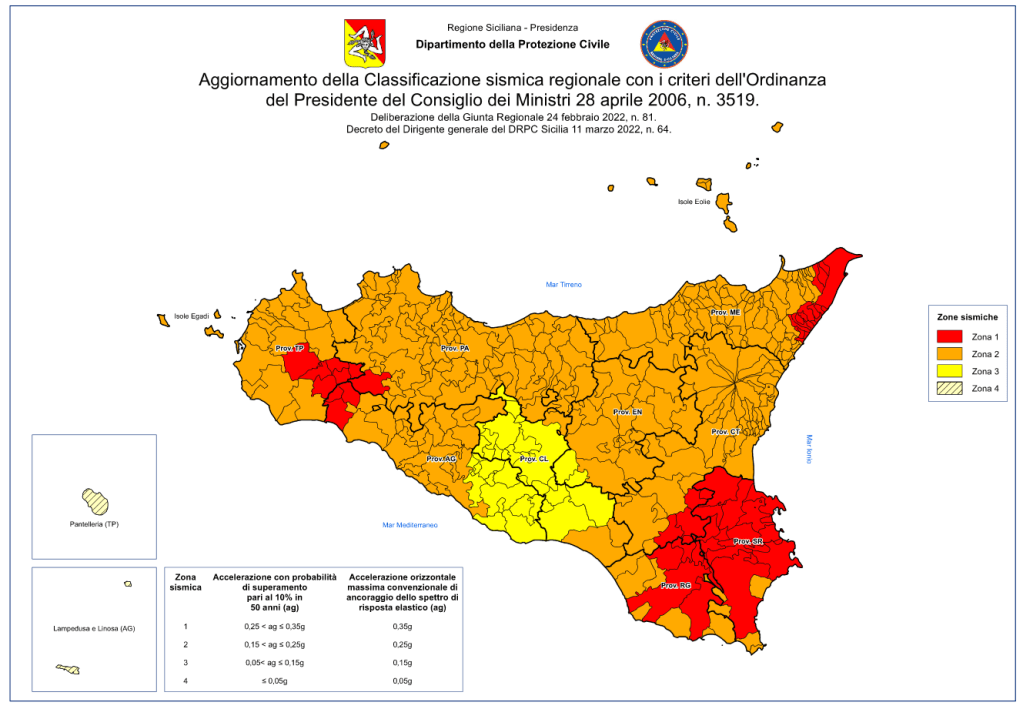Volcano seismology
We study the whole spectrum of seismic and infrasonic signals recorded in volcanic area (volcanic tremor, band tremor, long period events, very long period events, deep long period events, tornillos, volcano-tectonic earthquakes, events and tremors infrasonic signals, seismic-infrasonic signals from landslides, gliding), using and developing innovative analysis techniques, pattern recognition methods, clustering and classification, machine learning. To this end, we also collaborate in the development of experimental devices, capable of mimicking volcanic outgassing processes with different regimes, which allows the study of related seismic-acoustic emissions. We have shown how the study of seismic and infrasonic signals is fundamental to improve our knowledge on eruptive and degassing mechanisms, to reconstruct the geometry of the hydraulic system, and to improve monitoring/surveillance systems.
Environmental and social seismology
We analyzed the microseism recorded along the coasts of Antarctica and the Mediterranean Sea both to investigate the relationship between this seismic signal and the state of the sea, and to study the mechanisms of elastic energy transfer from the hydrosphere to the solid Earth. To derive a quantitative link between microseism and sea state, I applied innovative machine learning algorithms.
We have analyzed seismic noise and its relationship with human activities. For this purpose, it was very useful to investigate seismic noise variations during the lockdowns related to the COVID-19 epidemic.
Engineering seismology
We work at the borders between seismology, geology, strong-motion geophysics, and earthquake engineering to evaluate seismic hazard. We provide input data for deterministic and probabilistic seismic hazard assessment and we analyze the related uncertainties. Our topics includes the study related to the macroseismic intensity, historical seismicity, earthquake catalogues, ground motion parameters used in earthquake engineering, definitions of the seismic source, ground motion attenuation, site effects and microzonation. We also analyze the earthquakes induced phenomena (e.g., tsunami, liquefaction, landslides).
Participation within the QUEST (QUick Earthquake Survey Team), in the post-earthquake macroseismic-geological surveys to provide an overview of the effects in the area affected by a seismic event, in support to the Civil Protection and the Scientific Community.

